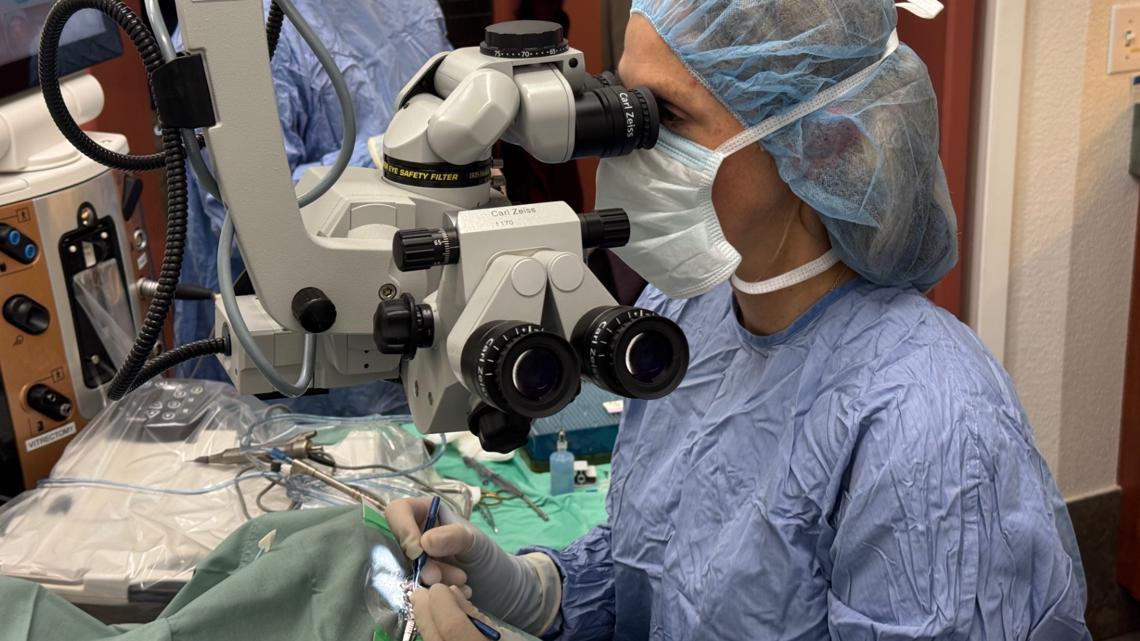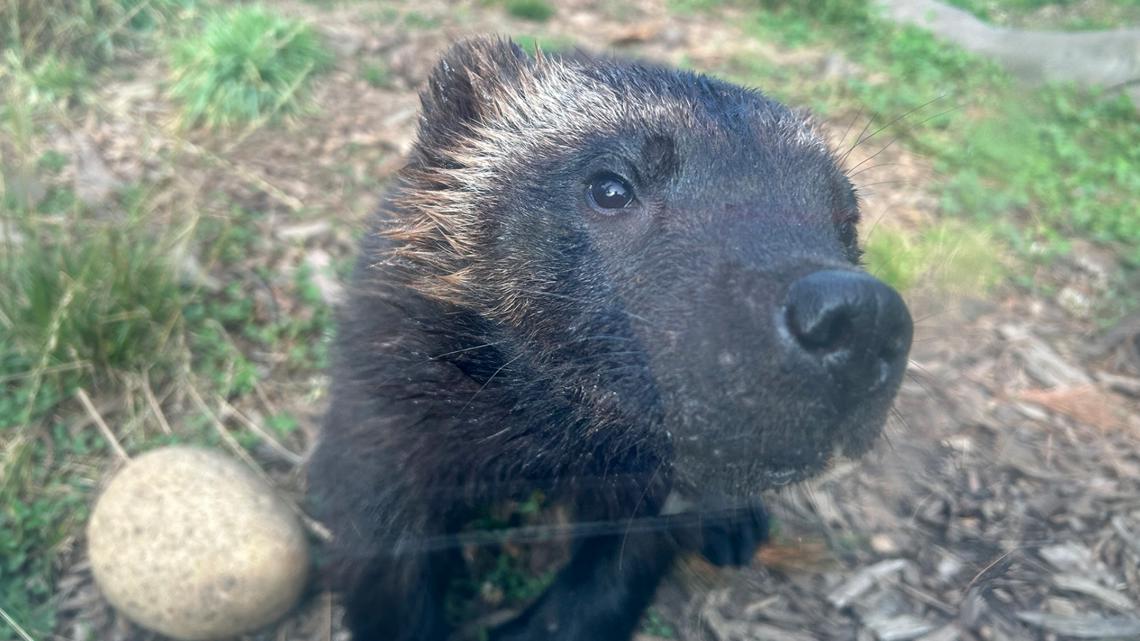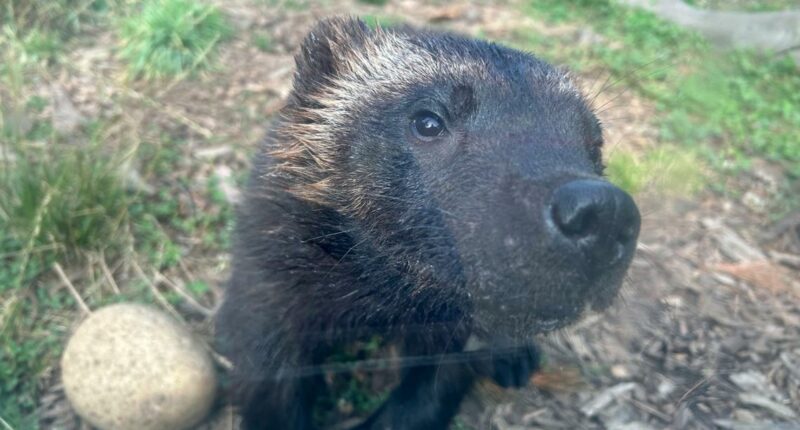Share this @internewscast.com
Edward, a young wolverine residing at the San Francisco Zoo, has become a trailblazer by being the first of his species to receive a custom-crafted artificial lens to enhance his eyesight.
SAN FRANCISCO — At just two years old, a wolverine named Edward at the San Francisco Zoo has made history by becoming the inaugural recipient of a specially designed artificial lens implant in his eye.
The need for surgery arose when Edward’s caretakers observed a cloudy appearance in his right eye, indicative of cataracts. According to the Mayo Clinic, cataracts involve a “clouding of the lens of the eye,” which can significantly impair vision. Although cataracts are common in both humans and animals, they typically develop in individuals much older than Edward.
“It was quite unexpected to detect what seemed to be a cataract in such a young wolverine,” remarked Dr. Nick Dannemiller, the zoo’s clinical veterinarian. “We promptly consulted an ophthalmologist to delve deeper into Edward’s eye condition.”
Despite the success of the surgery, which restored clarity to his right eye, Edward’s left eye was also beginning to develop a cataract. The surgery, however, results in farsightedness—where close-up vision becomes blurred while distant objects remain clear. This posed a concern for the medical team regarding performing the procedure on his left eye.
Dr. Kate Freeman, a board-certified specialist in veterinary ophthalmology with expertise in marine mammals and exotic wildlife, emphasized that Edward would have difficulty adapting to complete farsightedness.
She, her mentor Dr. Christopher Murphy, from the University of California, Davis School of Veterinary Medicine, and his friend and colleague Dr. Donald Mutti from The Ohio State University College of Optometry worked together to make a custom fitted lens for the wolverine.


“I wasn’t about to pass on a wolverine case. Even though I’m a loyal Buckeye, I just couldn’t leave an innocent wolverine in the lurch,” said Mutti, referencing the Ohio State and Michigan mascots and the heated rivalry between those two universities. “Everyone deserves good vision.”
Murphy and Mutti had previously worked together to do the same for various birds. Dogs, humans and other animals can get the surgery with a lens to correct the far-sightedness.
Edward underwent a cataract surgery on his left eye and they put the custom-made lens in then. His caretakers say he and his right eye were doing well. Performing another surgery on the eye could introduce problems.
“Before the first surgery, he was very mistrusting of doing anything on the right side of his body,” said Dannemiller. “After the surgery, we believe he can see a bit better, albeit aphakic, because he was more willing to present his right side during training activities. And now after the second surgery, we notice improvements in his overall vision.”
Edward now gets eye drops three times a day, lives with his companion Molly and is expected to have a normal life.
Wolverines typically live about five to 10 years in the wild and up to 20 years in human care, Dannemiller said. Edward is one of roughly 30 wolverines in zoos in the United States. The species is listed as threatened under the Endangered Species Act due to climate change, habitat loss and a decreasing population.



















